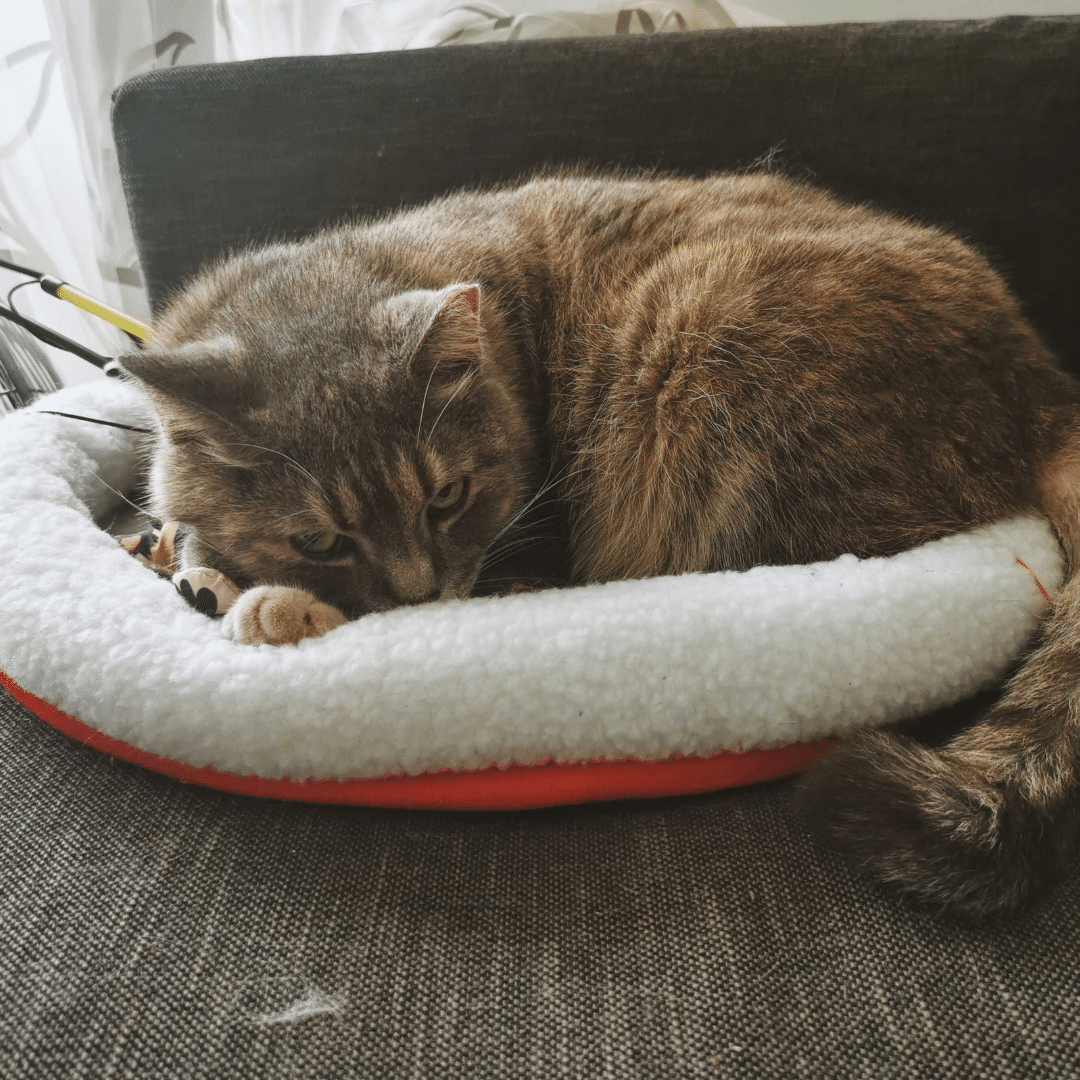Introducing Sabine Bērziņa, News Decoder’s latest hire, to help lead our Mobile Stories project to teach media literacy through the practice of news gathering.

Sabīne Bērziņa, News Decoder’s User Experience Manager.
One way to get students to become media literate is through the practice of gathering and assessing the credibility of information. That’s the mission of a new multi-partner project of News Decoder called Promoting Media Literacy and Youth Citizen Journalism through Mobile Stories.
To lead News Decoder’s efforts in the Mobile Stories project, we’ve brought on Sabīne Bērziņa, a journalist from Latvia who has experience in fact checking and verification of information.
“I wanted to get involved because finding realistic pathways to bring innovative media literacy education to the masses is very important,” Bērziņa said.
The Mobile Stories project will create an international English language version of a Swedish publishing tool and platform developed by journalists Lotta Bergseth and Jenny Sköld that guides students through the process of identifying and creating trustworthy news content on the Internet while building journalistic ethics.
Bērziņa will lead the content adaptation process from Swedish to English and coordinate user feedback and the research strategy of the Mobile Stories project.
She said that Mobile Stories and News Decoder use similar approaches to teaching journalism. “This project creates a tool to standardize the process of journalistic content creation,” Bērziņa said.
Expanding journalism education
While News Decoder uses human editors and journalists to help students learn how to create quality stories, Mobile Stories uses step-by-step guides, educational content and encourages students to review each others’ work. The Mobile Stories platform promises to make this type of exercise accessible to a broader audience across the world.
Before joining News Decoder, Bērziņa worked for a global NGO that was developing a media literacy course for high-schoolers in the Baltic countries. “I found that I enjoyed creating educational content, curriculum development and doing in-person training in schools,” Bērziņa said.
News Director Executive Director Maria Krasinski said that Bērziņa brings to the project the perfect combination of skills and experience.
“Sabīne has worked as a journalist in a mix of media. She’s written for a daily newspaper and a weekly magazine and she has worked at radio and television,” Krasinski said. “But she also has all this experience as a fact-checker.”
During the pandemic Bērziņa worked for The Baltic Center for Investigative Journalism. “Seeing the massive spread of falsehoods, I got interested in solutions that would help improve people’s abilities to discern true, high-quality information with a more long-term perspective,” Bērziņa said.
When students become journalists themselves, she said, they learn what the process is like when they have to gather the information, check its veracity, incorporate the feedback of an editor and get published.

When she isn’t napping, Kaķa the cat helps Sabine Bērziņa on her News Decoder projects.
Critically consuming content
“I believe it can help dispel misunderstandings, stereotypes and conspiracy theories about how media works,” she said. “I also hope that after students take their time researching and writing quality stories, they will become more careful social media content consumers and creators.”
Bērziņa believes that media literacy is particularly important now because of the threats of political instability and the return of authoritarianism. “People being able to evaluate information critically, even information that strongly appeals to their values, is extremely important to protect the values of democratic societies,” she said.
When not working on News Decoder projects or taking care of her cat, Kaķa, Bērziņa likes to explore the region she lives in.
“Something in my life that stuck from the Covid era beyond a heightened interest in media literacy, is ‘staycationing’,” she said.
“I learned to see the place where I live differently,” Bērziņa said. “My Google Maps app is now filled with little green flags from my wishlist of places I want to explore — most in Latvia, but some in Estonia and Lithuania too.”
With a population of just 1.8 million people, there is a good chance that you can have a beach to yourself, the further you get away from Riga. “There are plenty of beautiful nature destinations but the seaside is among my favorites,” she said. “We have beaches of light, soft sand and pine trees in the backdrop.”
